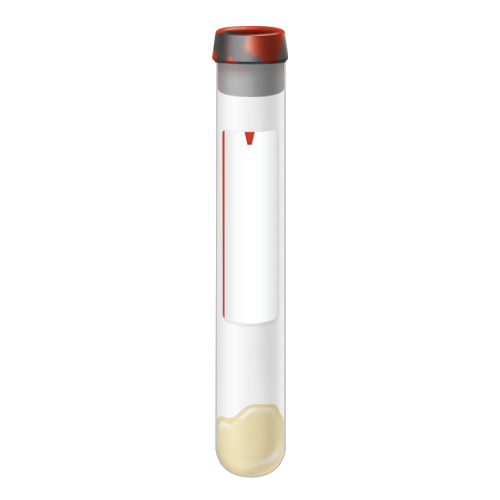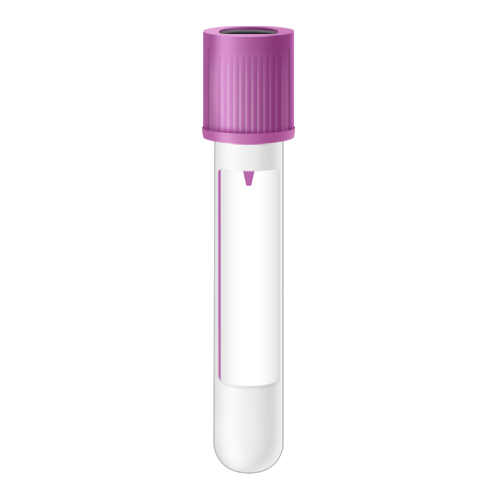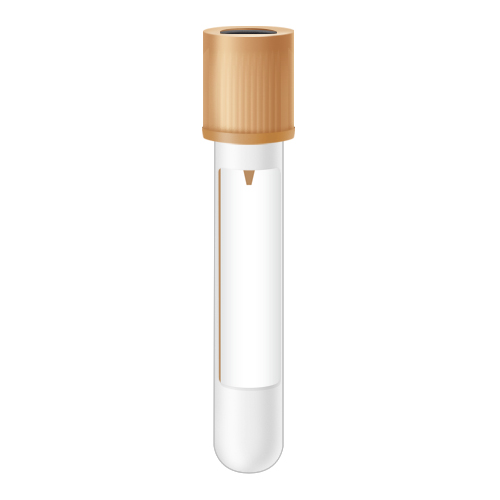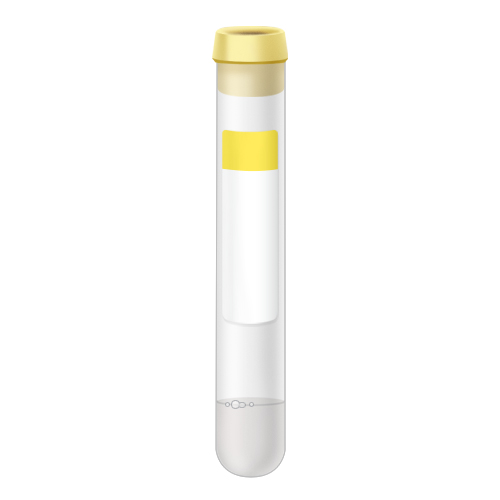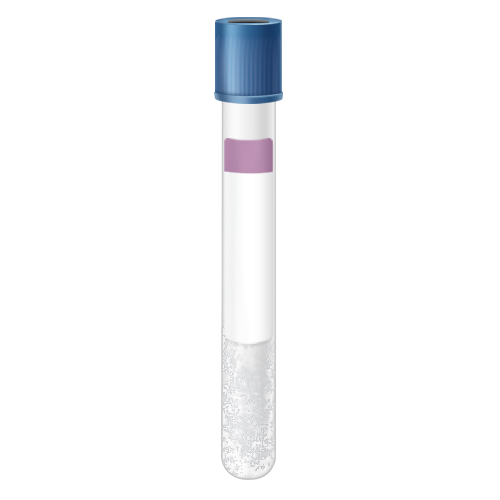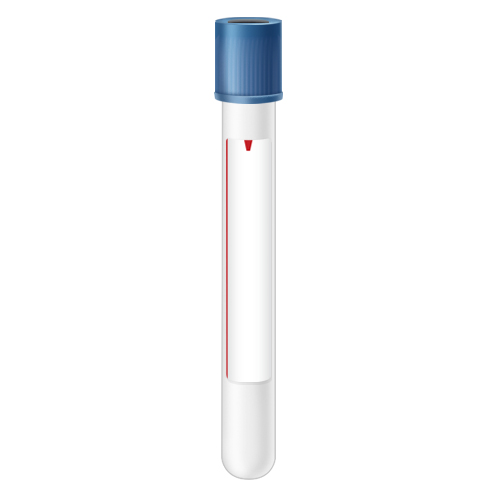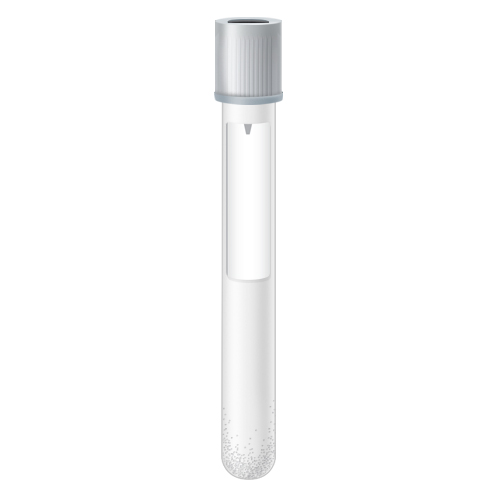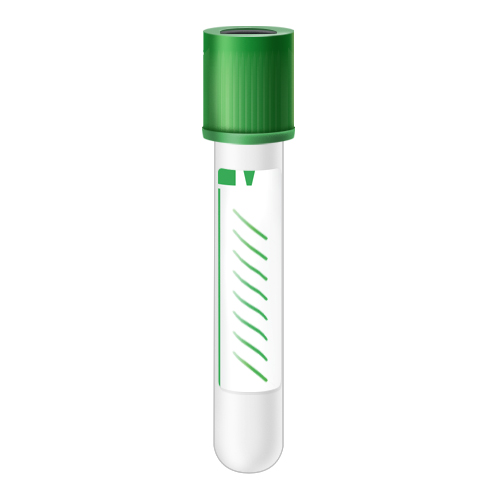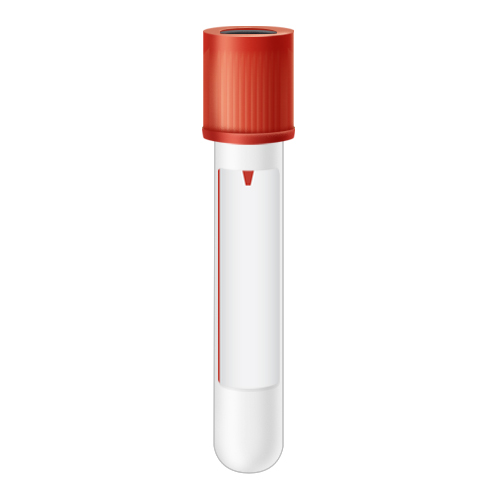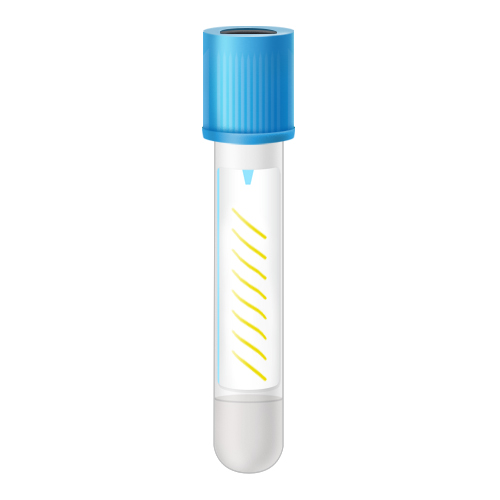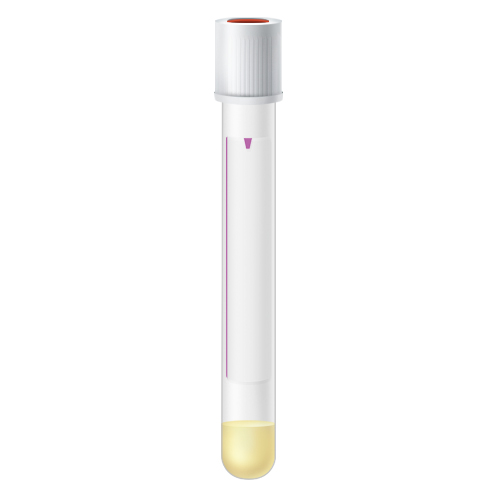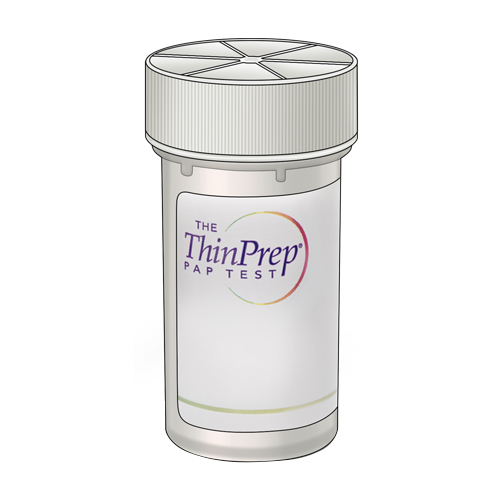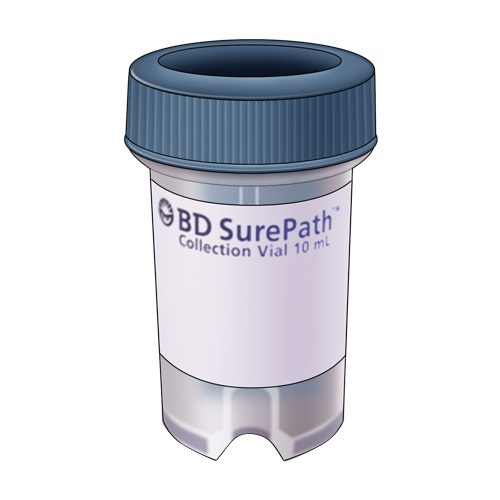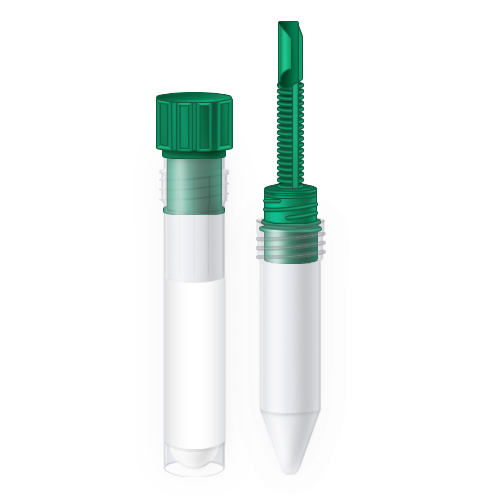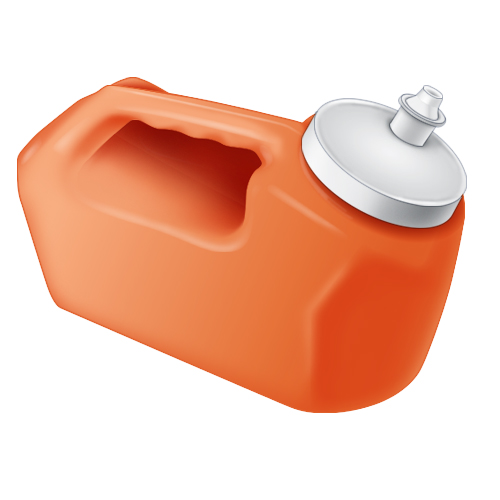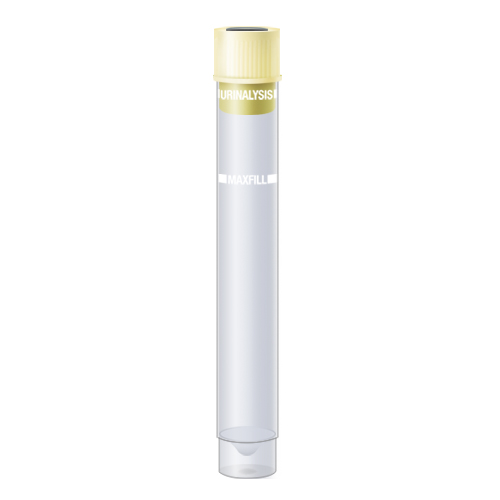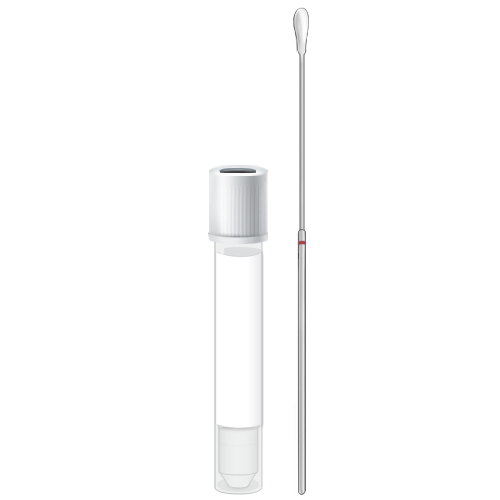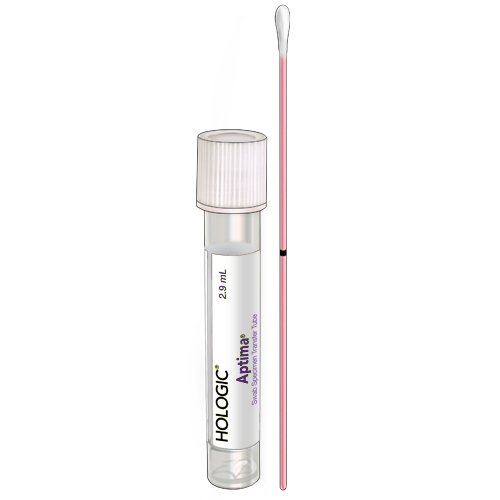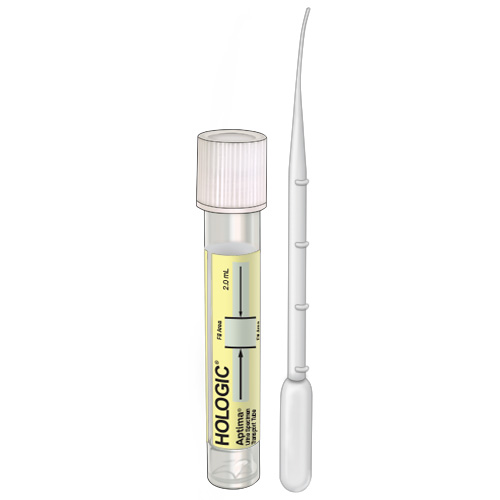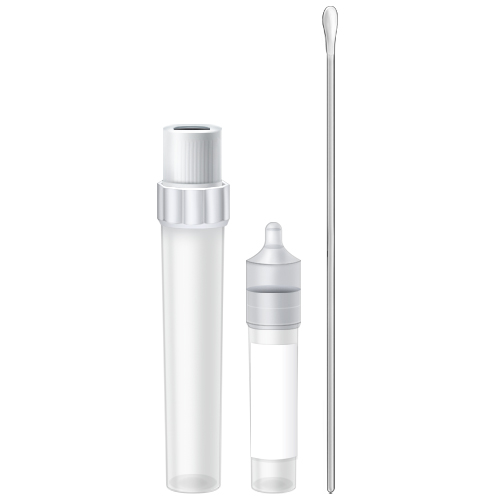360Dx
NEW YORK – As the US looks to restart its economy following the first wave of the SARS-CoV-2 pandemic, scientists and policymakers are exploring how communities might return to somewhat more normal work and social lives without sparking a repeat of the recent outbreak.
A pair of high-profile groups, one associated with non-profit organization the Rockefeller Foundation and the other led by New York University economist Paul Romer, have proposed massive population-scale testing schemes as key to a safe reopening.
This month, Romer and coauthors Jussi Taipale and Sten Linnarsson, both researchers in the department of medical biochemistry and biophysics at Sweden’s Karolinska Institute, published a medRxiv preprint in which they proposed that the virus could be kept in check with a testing and quarantining system in which 80 percent or more of the population underwent testing every 10 days. In interviews, Romer has suggested around 23 million tests per day would be needed under the plan, or around 8.4 billion tests per year.
The Rockefeller plan is somewhat more modest from a testing standpoint, calling for the country to scale to 30 million tests per week within the next six months. The plan also calls for methods like digital location tracking and use of information like smart thermometer data to monitor trends across the population, which its proponents believe would allow for less testing than is needed under the Romer plan.
In any case, both plans call for a dramatic expansion of the country’s testing capacity. SARS-CoV-2 test volumes have grown significantly since the start of the crisis, but it is unclear whether even with the substantial investment from government and other sources that the plans envision, the clinical lab industry could hit the proposed testing levels on a timeline that would be meaningful for reopening efforts.
According to numbers from The COVID Tracking Project, as of May 19, US labs had performed 12.2 million tests, with daily test volumes fluctuating between around 300,000 and 400,000 from May 12 to May 19. However, those figures include some serology testing, which is less effective than molecular testing for detection of people in the early stages of infection and so is unlikely to be used for the sorts of testing regimes the Romer and Rockefeller proposals envision.
Based on comments from national reference labs, which are responsible for a substantial proportion of testing in the US, and analyses of test manufacturers’ near term capacity, it seems unlikely that labs will be able to scale testing to the numbers envisioned by the reopening plans using RT-PCR assays alone.
Between them, Quest Diagnostics, Laboratory Corporation of America, and Opko Health’s BioReference Laboratories can currently run between 150,000 to 200,000 RT-PCR SARS-CoV-2 tests per day. And while these companies are projecting increases in their molecular SARS-CoV-2 testing capacities, these projections fall far short of even the 30 million tests per week called for under the Rockefeller plan (to say nothing of the 23 million tests a day the Romer plan requires).
For instance, on LabCorps’ recent Q1 2020 earnings call, President and CEO Adam Schechter said the company was hoping to get to 100,000 molecular tests per day “as quickly as possible,” though he noted that this would require additional instrumentation, some of which was back ordered.
Kevin Feeley, chief financial officer at BioReference, likewise said the company was working to ramp molecular testing, noting that it stood “ready to try to at least double our current throughput,” which would bring its daily molecular testing into the 80,000 range.
This would not be a trivial task, though, Feeley said. “In order to double or triple today’s capacity, I think it’s going to take a collaborative effort between the commercial labs and the integrated supply chain.” And doubling or tripling capacity would still only bring molecular testing to around 1 million tests per day.
On the instrument vendor side, the numbers, likewise, fall well short of those projected by the reopening plans. According to a recent investor note from SVB Leerink, in vitro diagnostic firms can currently produce 18.6 million molecular SARS-CoV-2 tests per month for the US market. And while these companies are also working to increase capacity, this process takes time. SVB Leerink analyst Puneet Souda projected that in three months, these firms will have the capacity to produce 23.3 million molecular tests per month — about 7 million fewer tests than the Rockefeller plan calls for each week and roughly what the Romer plan would require each day.
“Of the 400,000 tests that we’re now doing, my guess is 80 percent of them are being done on platforms that were already installed” when the pandemic started, said Robert Boorstein, medical director at Brooklyn-based Lenco Diagnostic Laboratory. “The idea that manufacturers are going to build new platforms and distribute them to hundreds or thousands of new locations, that’s not likely. Currently, most major manufacturers are quoting at least three-month lead times for equipment. Most new production is going to existing customers to increase capacity.”
In addition to considerations around reagent and instrumentation supplies, personnel also come into play, said Feeley.
For instance, he said, the availability of service and maintenance technicians is a key consideration in keeping instrumentation up and running.
“These machines were never made to operate 24/7,” he said. “And they require a fair bit of maintenance, which is ordinary and customary, in order to run at max capacity for 24/7. So, maybe a hidden supply constraint is the availability of technicians from the large manufacturers. To increase capacity far in excess of where the country is today, I think it is important to keep in mind that the ability to keep the machines running 24/7 requires a human component.”
There are some approaches that could help scale molecular testing. Nathan Ledeboer, medical director of the microbiology laboratory at the Medical College of Wisconsin and Froedtert Hospital, suggested that pooling samples could significantly increase throughput.
“If you start to lower your positivity rates, you could certainly look at a pooling-based approach where you pooled multiple specimens together and ran them in a single reaction, only separating the pool if there was a positive in that pool,” he said, noting that this method was commonly used in applications like blood banking.
Ledeboer said, though, that hitting a number like 30 million tests per week – let alone 23 million per day – would require many laboratories to cut back dramatically on other testing.
“Public health labs have really been racing at way higher capacity than they ever imagined they would be able to get to,” he said. “That has come at the expense of other important things that public health labs do. We would have to make a decision that we were going to be a large, factory COVID lab, and that that was what we were going to do. And there’s obviously a sacrifice attached to that.”
In their preprint, Romer, Taipal, and Linnarsson suggested that in addition to PCR testing, next-generation sequencing could be used to dramatically ramp up testing.
In theory, such tests could be rapidly scalable, and a number of research groups and companies have begun exploring the idea. For instance, Penn State University researchers recently published a white paper describing a workflow called Dx-Seq that they said used sequencing to test up to 19,200 samples in one run using one PCR instrument and one next-generation sequencer.
Transitioning an assay from a research lab to a clinical environment and running it at extremely high throughput isn’t a trivial task, however. In discussing his plan, Romer has said that US Food and Drug Administration regulations are a major force stymying the expansion of testing as they have prevented innovative approaches developed by research labs from quickly making their way into the clinic.
It is unclear, however, the extent to which this transition from research to clinic is being hampered by FDA regulation, specifically, versus the generally higher standards for clinical tests compared to research assays.
For instance, Gregory Tsongalis, a professor of pathology and laboratory medicine and director of clinical genomics and advanced technology at Dartmouth College’s Geisel School of Medicine, said when recounting his lab’s efforts to start SARS-CoV-2 testing that he had been concerned that FDA’s Emergency Use Authorization standards had been too lax, rather than too onerous, and noted that they were considerably less rigorous than the standards his lab had for validating laboratory-developed tests, which are not typically regulated by FDA (though the agency has maintained it has the authority to regulate these tests).
Synthetic biology company Ginkgo Bioworks is currently exploring whether it could repurpose its NGS systems for running SARS-CoV-2 diagnostics. Keith Robison, a principal scientist at Ginkgo, said that the firm has experience “running thousands upon thousands of samples barcoded in a single next-gen sequencing run,” as well as the automation capabilities to handle samples at that scale.
However, he noted that converting this to a clinical operation capable of collecting and processing outside samples in high throughput “is a major effort.”
“The logistics are large,” he said. “I’m an optimist that these things are solvable, but it’s a big problem.”
“You have supply chain disruptions and certain parts of the supply chain just getting hammered by everyone trying to use them,” he said citing one challenge. “It can be really hard just to get things. Many reagents are back-ordered. Everyone is trying to scale up. And even if [suppliers] would let you, you aren’t ethically going to go and do something that would disrupt the current PCR supply chain. It’s like a chess game where every move has this whole cascade of further considerations.”
Robison said Gingko has applied for a CLIA license and has filed a pre-EUA with FDA.
“We are going down that road of, can we do diagnostics?” he said. “Whether that is a pilot [project] and then we expand beyond that, or we actually try to do it at huge scale, we are working that out. There are a lot of things kind of undecided. Most of the details are not in place.”
If a substantial number of labs are able to get NGS SARS-CoV-2 testing up and running, it could potential move theoretical test capacity into the range envisioned by plans like Rockefeller and the Romer group. However, Boorstein noted that other issues will still need to be addressed.
“The idea of using existing high-throughput NGS laboratories is from a technical standpoint plausible, and is being widely discussed,” he said. “But laboratories will have to master sample acquisition and management, marketing, billing, and report delivery.”
Patient sampling, which has proved a major bottleneck even at current levels of testing, will also remain a significant challenge.
Shortages of nasopharyngeal swabs for collecting SARS-CoV-2 test samples were a major issue early in the testing ramp up, but even as swab supply constraints have lessened, having enough personnel to collect samples has remained a challenge to throughput.
Los Angeles-based infectious disease testing firm Curative shifted from a focus on sepsis to SARS-CoV-2 testing as the pandemic spread and is currently able to run 14,000 molecular tests per day. The company uses oral fluid specimens, which Jeffrey Klausner, acting medical director at the lab and a public health expert at the University of California, Los Angeles, said the company explored in an effort to avoid the bottlenecks swab-based testing had run into.
“We quickly realized we didn’t want to go down the same path that everyone else did in terms of nasopharyngeal swabs,” he said. “[They] are hard to collect, they require trained healthcare workers, they are not comfortable for patients, and also they require a specific type of swab which was in very short supply.”
Klaunser said that specimen collection remains a major bottleneck for SARS-CoV-2 testing, however, as it is largely “dependent on people going to hospitals, clinics, emergency rooms, drive-throughs.”
He said to scale testing new models based on home specimen collection were needed.
“There’s no reason why we couldn’t have specimen drop-off centers, ATM like machines for specimen drop-off,” he said, suggesting that FDA’s hesitance around home collection of test samples was partially to blame for the current paucity of home sampling.
“There is friction with FDA, particularly in the home collection space,” he said. “It just is really not experienced in looking at data from home specimen collection, and it is something so new they don’t really have a proven pathway to work with folks who want to expand the use of home specimen collection. Because this is not something that is common in laboratory practice, it’s going to take time.”
Klausner noted that developments like FDA granting EUA to Everlywell’s COVID-19 Test Home Collection Kit, which can be used with assays developed by Fulgent Therapeutics and Assurance Scientific Laboratories, was an encouraging sign. LabCorp also offers home sampling for SARS-CoV-2 testing through its Pixel by LabCorp product.
Neither product appears likely to boost testing dramatically in the near term, however. Frank Ong, Everylywell’s chief medical and scientific officer, said that the company’s partner labs will be able to process around 50,000 tests per week using its home collection kit when the kit launches. LabCorp said it was not breaking out Pixel tests from its overall capacity numbers, which currently stand at 75,000 molecular tests a day and which the company hopes to push to 100,000.
For many labs, particularly smaller facilities without extensive automation, dealing with samples once they arrive will likely prove another bottleneck.
Romer’s coauthor Linnarsson, a professor of molecular systems biology at Karolinska Institute, acknowledged as much, noting that while his lab could run 100,000 tests per week if it were simply a matter of instrument capacity, the parts of the process upstream and downstream of the assay itself presented challenges to the sort of scale they proposed in their preprint.
“You will have to give me 100,000 tubes of sample, and somebody in my lab is going to have to unscrew those tubes and put individual samples into [microtiter] plates,” he said. “The logistics are the bottleneck for the testing. It’s not the actual running of the test.”
These logistical difficulties point toward home-based testing as the answer to achieving the kind of scale Linnarsson and his coauthors posit as necessary to support a safe reopening, he said. Whether it is feasible to produce home-based SARS-CoV-2 at this scale in a relatively short time remains an open question, though initial projections from test makers suggest that a goal of 20 million-plus tests per day within the year is unrealistic.
Protein-based rapid antigen testing is one of the likeliest formats for a home test, and at least one firm, OraSure, is developing such a SARS-CoV-2 test for home use. According to President and CEO Stephen Tang, the company aims to launch a test under the FDA EUA in September that offers sensitivity and specificity in the range of 90 percent and higher and “that can be administered and read by somebody with no medical background in the privacy of their own home and get a result in under an hour.”
OraSure sells home tests for HIV and currently has a manufacturing capacity of around 13 million tests per year. Tang said the firm is working to expand that capacity and is targeting a capacity of “tens of millions to a billion units per year,” sometime in 2021.
Companies including Quidel, Roche, and Becton Dickinson are also developing SARS-CoV-2 antigen tests, though these are typically for use in point-of-care settings like doctors’ offices instead of at home, which means access to medical personnel could remain a limiting factor. Quidel received EUA for a SARS-CoV-2 rapid antigen test earlier this month.
Other at home tests are also in the works, though the timing of their launches and scale of production are uncertain at this point. Mammoth Biosciences said this week it is working with the consumer healthcare arm of pharmaceutical company GlaxoSmithKline to develop a CRISPR-based SARS-CoV-2 test that can be used at home and in doctors’ offices. However, the companies don’t plan to file an EUA submission for a doctors’ office version until 2020 with a second EUA submission likely to be required for a home version of the test.
Given the supply and logistical challenges involved, it seems unlikely that labs will be able to hit the testing benchmarks set by groups like the Romer team and Rockefeller by the end of the year or even, in all likelihood, in 2021.
Klausner, for his part, doesn’t believe that level of testing is realistic, or warranted.
“I don’t think we need that, and I don’t see the ability to do that,” he said. “I think we can target testing to the most vulnerable and high-risk situations like residential facilities, nursing homes, jails, prisons, dormitories … people in work environments that are at higher risk. But the idea of widespread population testing is just not based in public health science.”
Click here for original post on 360Dx

